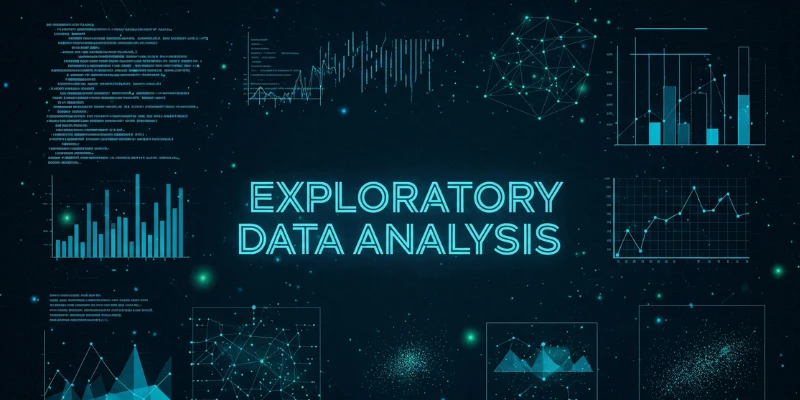
Exploratory Data Analysis (EDA) is an important phase in the data science process. It involves analyzing datasets to summarize their main characteristics, often with visual methods, before applying complex models. Whether you’re taking a Data Science Course in Mumbai at FITA Academy or learning through other means, understanding EDA is crucial for laying the groundwork for more advanced machine learning techniques. In this blog, we’ll explore essential EDA techniques and tools that help uncover insights and shape future analyses.
What is EDA?
Exploratory Data Analysis (EDA) is an approach for analyzing data that focuses on identifying patterns, detecting anomalies, and validating assumptions. It helps data scientists understand their data’s structure, relationships, and potential issues, ensuring that the right models are applied later.
Key Techniques in EDA
1. Univariate Analysis
This is the analysis of a single variable. Measures of central tendency like the mean, median, and standard deviation are frequently utilized, along with visualizations like histograms and box plots. These tools help detect patterns, distribution, and outliers in individual features. To build a strong foundation in data science, mastering univariate analysis is essential, enroll in a Data Science Course in Kolkata or start learning independently today
2. Bivariate Analysis
Bivariate analysis explores relationships between two variables. Scatter plots are useful for continuous variables, while bar plots help visualize relationships between categorical variables. This analysis helps identify correlations and potential predictors for modeling.
3. Multivariate Analysis
When dealing with multiple variables, multivariate analysis helps explore their interactions. Techniques like correlation matrices and pair plots allow for insights into how multiple features relate to each other, helping identify the most important variables for further analysis.
4. Outlier Detection
Outliers can distort results and affect model performance. Box and scatter plots are effective for spotting extreme values. Depending on their impact, outliers may be removed or treated as important signals rather than discarded.
5. Handling Missing Data
Missing data is a common challenge in data analysis, often covered in a Data Science Course in Hyderabad. Visualizing missing values with heatmaps or matrices, a technique often taught in such courses, helps identify patterns. Based on the extent of missing data, it can be imputed, dropped, or retained to avoid biased results, ensuring robust insights for data science projects.
Essential Tools for EDA
1. Python Libraries
Python offers a range of libraries for EDA, including:
- Pandas for data manipulation and cleaning
- Matplotlib and Seaborn for data visualization
- NumPy for numerical operations
These tools simplify data cleaning, exploration, and visualization, making EDA both powerful and efficient.
2. R for EDA
R is a popular language for statistical analysis, offering packages like ggplot2 for visualizations, dplyr for data manipulation, and tidyr for cleaning data. It is especially useful for complex statistical analysis and academic research.
3. Jupyter Notebooks
Jupyter Notebooks allow data scientists to interactively combine code, visualizations, and narrative explanations. This makes it easy to document the EDA process and share insights with others.
4. Visualization Tools (Tableau, Power BI)
For those who prefer a no-code practice, tools like Tableau and Power BI provide intuitive, drag-and-drop interfaces for creating interactive visualizations. These tools are ideal for quickly exploring data without writing code.
Conducting Exploratory Data Analysis is a crucial phase for grasping your dataset prior to model development. By applying techniques like univariate, bivariate, and multivariate analysis, handling missing data, and detecting outliers, you can uncover valuable insights that drive better model decisions. Tools such as Python, R, Jupyter Notebooks, and visualization platforms make the EDA process more accessible and efficient. If you’re considering a Data Science Course in Pune, you’ll have the opportunity to dive deep into EDA, gaining the skills needed to transform raw data into actionable insights.
Through effective EDA, data scientists can ensure that their models are based on a solid understanding of the data, leading to more accurate and meaningful results.
Also check: What Role Does Machine Learning Play in Data Science?
